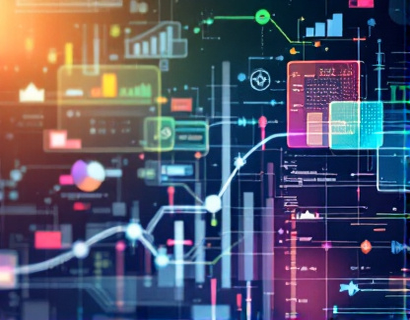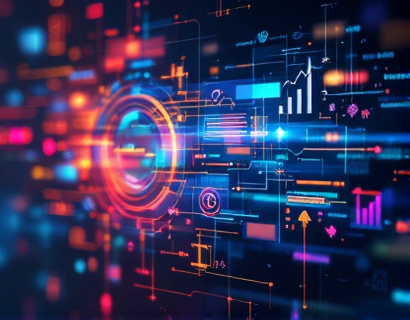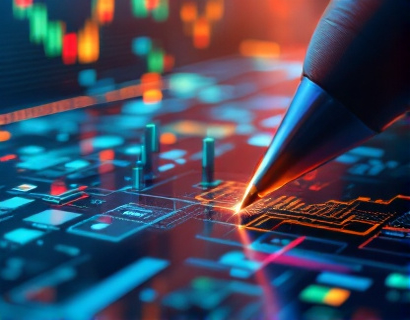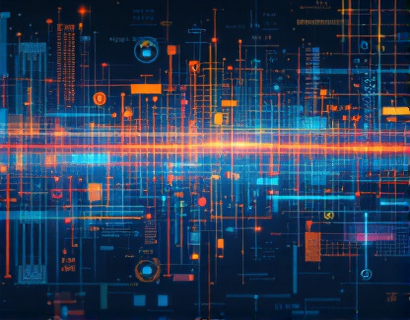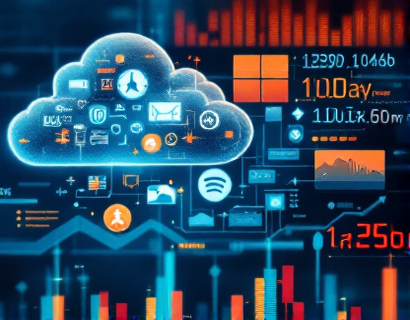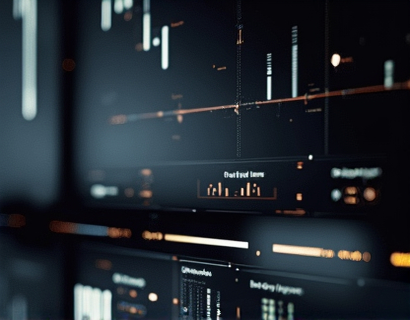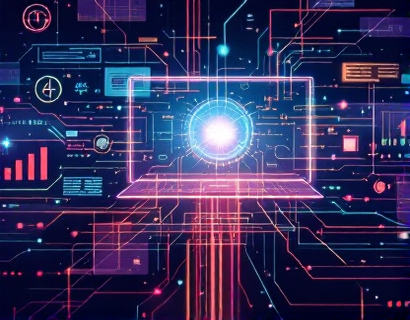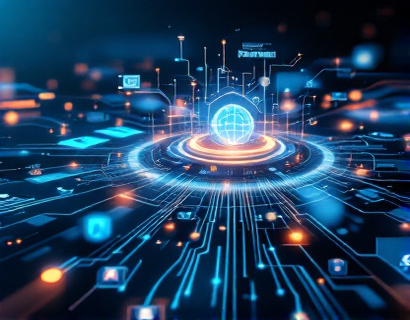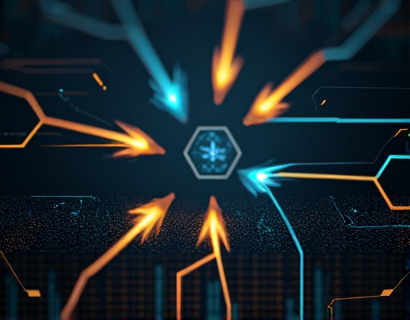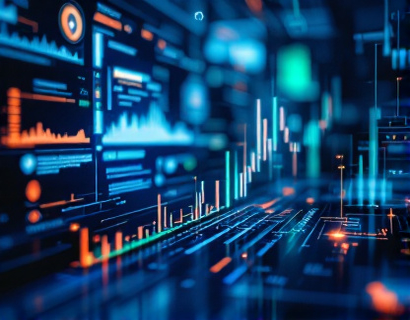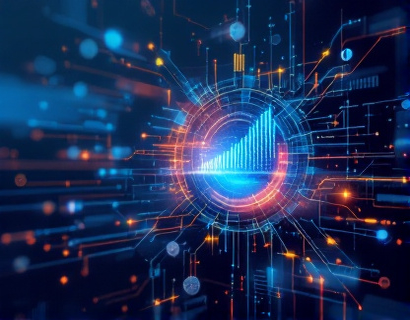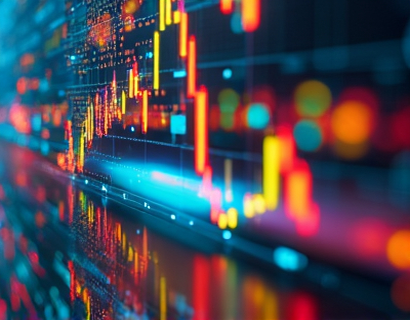Blockchain for Art: Enhancing Provenance and Authenticity through Decentralized Tracking of Historical Artifacts
Blockchain technology, originally designed for cryptocurrencies, has found a novel application in the art world, revolutionizing the way authenticity and provenance of historical artifacts and artworks are tracked. This decentralized ledger system offers a secure, transparent, and immutable record of ownership and history, addressing longstanding issues in the art market. For collectors, museums, and cultural institutions, blockchain provides a robust framework to ensure secure ownership and foster trust, which is crucial for the preservation and management of our shared cultural heritage.
The Need for Provenance and Authenticity in the Art World
The art market is complex and often opaque, making it challenging to verify the authenticity and provenance of artworks. Provenance refers to the history of ownership and exhibition of a piece, while authenticity confirms its genuineness. Without reliable records, the risk of forgeries and illegal trafficking of art increases, leading to financial losses and the degradation of cultural heritage. Blockchain technology addresses these concerns by providing a tamper-proof and transparent ledger that can be accessed by all stakeholders.
How Blockchain Works in Art Provenance
At its core, blockchain is a distributed database that records transactions across multiple computers. Each block in the chain contains a cryptographic hash of the previous block, a timestamp, and transaction data. This structure ensures that once data is recorded, it cannot be altered without altering all subsequent blocks, which requires consensus from the network. In the context of art, each transaction, from creation to sale, can be logged on the blockchain, creating an unbreakable chain of ownership and history.
For instance, when an artist creates a piece, the blockchain can record the creation date, the artist's signature, and any relevant metadata. Upon sale, the new owner's information is added to the blockchain, along with the transaction details. This process continues with each transfer, ensuring a complete and verifiable history. Collectors and institutions can access this information to authenticate a piece and trace its ownership, reducing the risk of fraud.
Benefits for Collectors
For collectors, blockchain offers several advantages. First, it provides a high level of security. Since the blockchain is decentralized and encrypted, the risk of data tampering or loss is significantly reduced. Collectors can trust that their ownership records are safe and verifiable. Second, blockchain enhances transparency. Every transaction is recorded and visible to authorized parties, reducing the likelihood of hidden or fraudulent transactions. This transparency builds trust within the collector community.
Additionally, blockchain simplifies the verification process. Collectors can quickly check the provenance of a piece by accessing the blockchain, eliminating the need for lengthy and often costly appraisals. This efficiency not only saves time but also reduces costs, making art collecting more accessible. Finally, blockchain can increase the value of artworks by providing a verifiable and unique history, which is highly valued by serious collectors.
Benefits for Museums and Cultural Institutions
Museums and cultural institutions stand to gain significantly from blockchain technology. These organizations often deal with artifacts that have complex and sometimes disputed provenances. Blockchain can provide a definitive record of an artifact's history, helping to resolve ownership disputes and ensure that pieces are acquired legally. This is particularly important for institutions that are increasingly scrutinized for the ethical sourcing of their collections.
Blockchain also enhances the collaborative efforts among museums. By sharing provenance data on a blockchain, institutions can create a global database of art and artifact histories. This collaborative approach fosters a more unified and transparent art market, benefiting the entire cultural sector. Moreover, blockchain can aid in the authentication of newly discovered or previously unprovenanced items, expanding the knowledge and understanding of cultural heritage.
Challenges and Considerations
Despite its numerous benefits, the implementation of blockchain in the art world is not without challenges. One major issue is the adoption rate. The art market is traditionally conservative, and many players may be hesitant to embrace new technology. Education and demonstration of the technology's advantages are crucial to driving adoption. Additionally, the integration of blockchain with existing systems can be complex and costly, requiring significant investment and technical expertise.
Another consideration is privacy. While transparency is a strength of blockchain, some information may need to remain confidential. Solutions such as permissioned blockchains, where access is restricted to authorized parties, can address this concern. Furthermore, the environmental impact of blockchain, particularly proof-of-work systems, is a growing concern. Transitioning to more sustainable consensus mechanisms, like proof-of-stake, can mitigate this issue.
Case Studies and Real-World Applications
Several initiatives are already leveraging blockchain to enhance art provenance and authenticity. One notable example is the use of blockchain by the World Cultural Heritage Foundation to create a digital registry of endangered cultural sites and artifacts. This registry not only tracks ownership and history but also raises awareness and funds for preservation efforts.
Another example is the work of the blockchain platform Blockverify, which partners with art institutions to provide a secure and transparent record of artwork provenance. By using blockchain, Blockverify helps museums and galleries verify the authenticity of pieces and prevent fraud. This platform has been adopted by several prominent institutions, demonstrating the growing acceptance of blockchain in the art world.
Future Prospects
The future of blockchain in the art world is promising. As more stakeholders recognize its benefits, adoption is likely to increase. The development of more user-friendly platforms and the integration of blockchain with other technologies, such as artificial intelligence and the Internet of Things, will further enhance its capabilities. For instance, AI can help in analyzing and verifying the authenticity of artworks based on blockchain data, while IoT devices can provide real-time tracking of physical artifacts.
Moreover, the rise of non-fungible tokens (NFTs) has brought blockchain into the spotlight, particularly in the digital art space. NFTs offer a way to certify digital artworks with unique ownership and provenance, opening new avenues for artists and collectors. As the technology matures, it is likely to play an even more significant role in the art market, ensuring the preservation and authenticity of both physical and digital art.
Conclusion
Blockchain technology is transforming the art world by providing a secure, transparent, and immutable way to track the provenance and authenticity of historical artifacts and artworks. For collectors, museums, and cultural institutions, blockchain offers a robust solution to the challenges of fraud, illegal trafficking, and disputed ownership. By embracing this technology, the art community can better preserve and manage our shared cultural heritage, ensuring that it remains intact for future generations. As the technology continues to evolve, its impact on the art world is set to grow, fostering a more trustworthy and efficient market.



